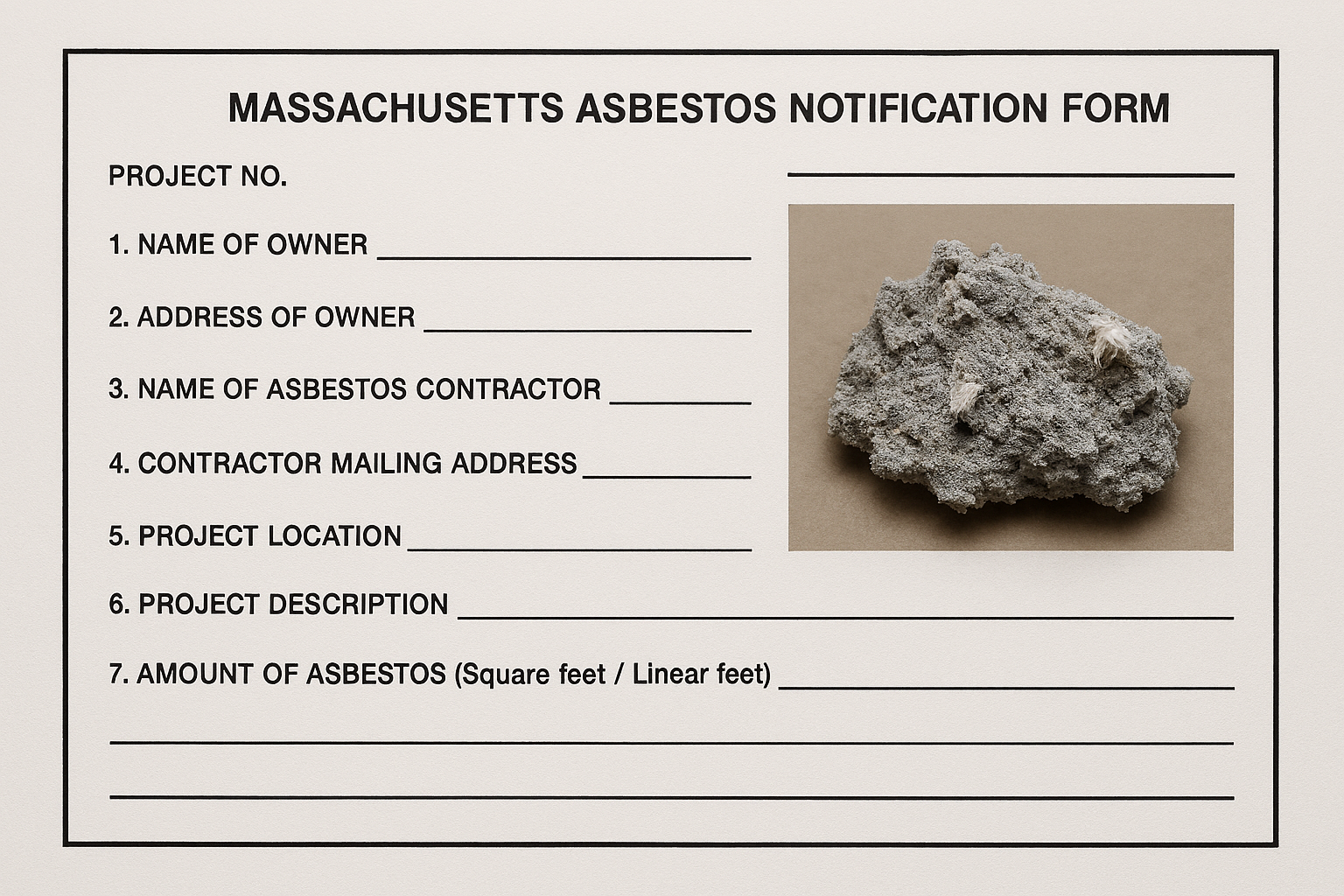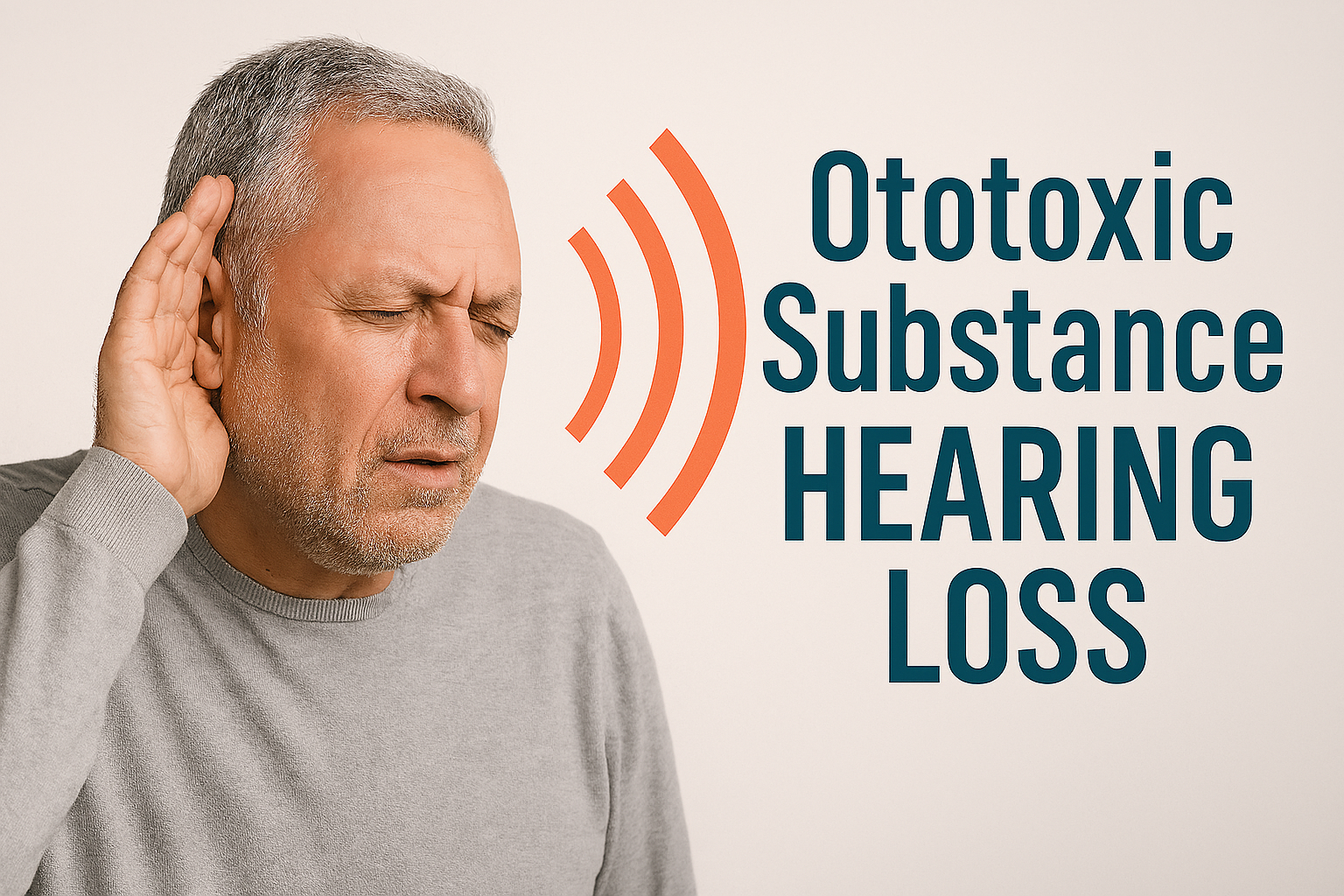This article focuses on OSHA’s Beryllium Standards, in particular the Standards that apply to employers in the General Industry and Construction sectors. They were promulgated because OSHA recognized that its former Permissible Exposure Limit (PEL) of 2 micrograms per cubic meter (µg/m3), was inadequate. In other words, workers exposed to beryllium at the 2 µg/m3 concentration were known to have an increased risk of developing adverse health effects, including allergic skin reactions, Chronic Beryllium Disease and/or lung cancer. This recognition, combined with OSHA’s assertion that employers can reduce beryllium exposures to much lower – and safer – levels using technology that is both available and feasible, prompted these new standards.
Cashins & Associates : Resources
Beryllium in the Workplace: OSHA Standards, Part 1
The Standards went into effect on March 17, 2017. While they share a lot of the same requirements, there are some notable differences. Let’s start with some of the requirements that are common to both Standards. First, the new PEL for beryllium is 0.2 µg/m3 (micrograms per cubic meter). This means that a worker’s 8-hour time-weighted average exposure to airborne beryllium, including all beryllium-containing compounds, must be below this value. In addition, 15-minute time-weighted average exposures must be below 2 µg/m3. This exposure limit is referred to as a STEL, or a Short-term Exposure Limit.
Secondly, both Standards require employers to assess airborne exposures of workers who are or “may reasonably be expected” to have exposures exceeding either the PEL or the STEL. Employers have 2 ways of performing these industrial hygiene assessments: they can use a combination of air monitoring data and objective data to assess each employee’s exposure OR perform initial PEL and STEL monitoring. This second option, known as the “scheduled monitoring option”, allows employers to perform exposure monitoring on a representative fraction of the workers, rather than each individual worker. The initial results will dictate if repeat monitoring is required, and at what frequency.
Both Standards also require employers to 1) implement engineering and work practice controls which reduce beryllium exposures; 2) develop a written exposure control plan; 3) provide respiratory protection in conjunction with a written respiratory protection plan; and 4) provide personal protective clothing and equipment along with procedures for removing, storing, cleaning, and replacing these items.
Future articles will focus on other beryllium Standard requirements that apply to General Industry and Construction businesses. Stay tuned and let us know if you have questions about beryllium exposures, compliance with OSHA’s beryllium Standards, or other Industrial Hygiene or Safety-related issues. Contact us by clicking on the link below. We look forward to hearing from you!





